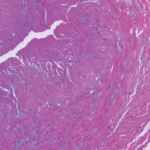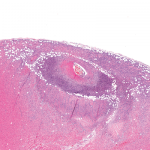Dr. Kermani points out the new study has limitations that are worth considering. Although the authors concluded the number of patients with GCA was similar in black and white populations, only 15% of the total number of patients with a positive biopsy were black. She also notes that a diagnosis of healed arteritis is controversial and stands in contrast to biopsy findings that are unequivocal or positive.
Lara C. Pullen, PhD, is a medical writer based in the Chicago area.
ad goes here:advert-1
ADVERTISEMENT
SCROLL TO CONTINUE
Reference
- Gruener AM, Poostchi A, Carey AR, et al. Association of giant cell arteritis with race. JAMA Ophthalmol. 2019 Aug 8. [Epub ahead of print]
Updated Oct. 27, 2019, to correct mistakes made in editing.


